I am pleased to host another fantastic interview, with author Emily Murdoch Perkins. Emily Murdoch Perkins is an historian and author with a varied career to date: from medieval manuscripts to researching documentaries to marketing, and now, historical non-fiction. She lives with her supportive husband, eats more cheese than is good for her, and is attempting not to buy another sword. Emily is awaiting the release of her first non-fiction book, Regina: The Queens Who Could Have Been.
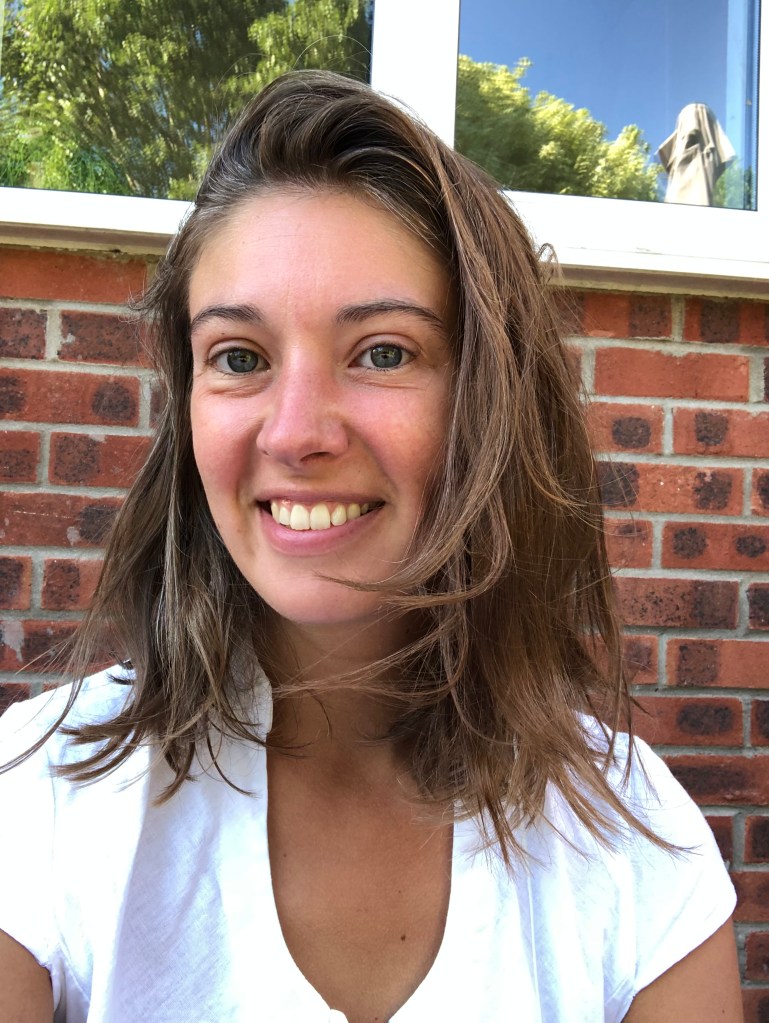
Welcome to the blog, Emily! Now, a lot of your historical fiction books are set in later time periods, but you are a medievalist at heart – what drew you to that period?
At first, the fact that I wasn’t taught it at school! I grew tired of learning about the twentieth century over and over again, and I had a wonderful history teacher called Mrs. Wells who understood this and gave me Blood and Roses by Helen Castor which completely transformed my understanding of the past. When I went to university to study History and English joint honours, I chose mostly medieval modules, and swiftly became hooked.
Helen Castor is a fantastic historian! So, you’re already known for writing romantic historical fiction. What made you want to pick up the pen and write? And why this particular genre?
I’ve wanted to be a writer for as long as I can remember. Somewhere in my parents’ loft is my end of year school report when I was five, in which my teacher wrote that I had shared that I wanted to be an author when I grew up. I started writing historical romance because it was what I was reading and loving – the idea that I could create something that would bring others such joy was very tempting.
How wonderful you were able to pursue that dream. When it comes to writing historical fiction, how do you balance historical accuracy with artistic flare?
With difficulty! Sometimes I can get lost in a research trail and discover something absolutely fascinating that I can weave naturally into my manuscript, but sadly not always. There is such rich vibrancy in cultural history especially that I haven’t yet found a way to include yet, but there’s always the next book…
Having written plenty of historical fiction, what made you want to turn to non-fiction?
Thanks to the success I found with writing in my twenties, I was able to ‘retire’ from my day job and become a full time creative before I turned thirty. I knew that I wanted longevity and variety in my career, and now that I had the full working week to dedicate to it, I could pursue a secondary pen name in non-fiction. It took me a while to find the right topic, but Regina: The Queens Who Could Have Been is a book I feel like I was born to write.
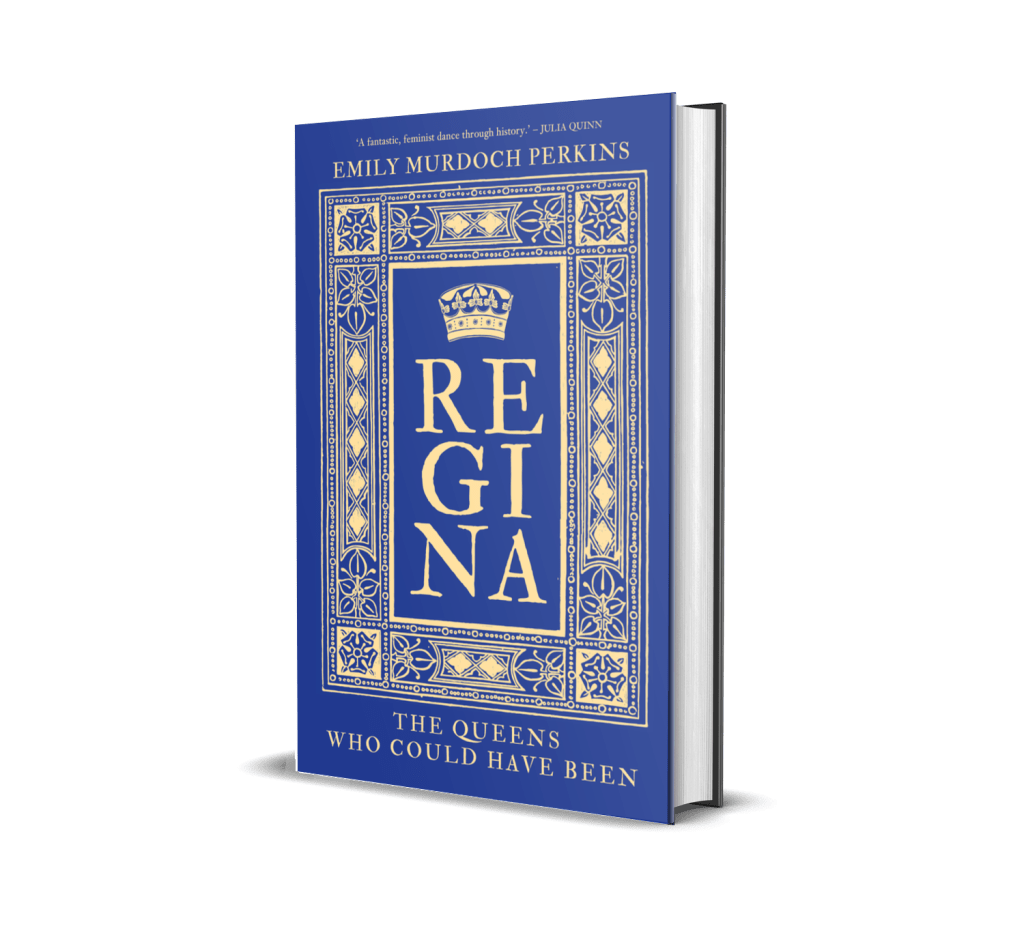
So what did draw you to this specific topic – why did you want to tell these women’s stories?
I was actually discussing with my agent the other day where I felt like my non-fiction ‘niche’ was, and we came down to the phrase: untold stories of women’s history. As a medievalist I can rattle off my medieval English kings but before I wrote this book, I couldn’t even tell you how many daughters they had, let alone what the eldest had done. There are some fascinating almost-monarchs in our history, and I loved the research process so much that I knew I had to tell their tales.
At the end of each of your sections, you take time to reflect on how each woman’s life may have been different had she inherited the throne. This is quite an unusual take for history books – what made you want to do this?
I’m not an academic historian, someone involved in primary original research; I’m a public historian, someone who loves bringing historical research and insight to the public, the every person. Most people don’t read academic tomes, but almost all of us have had a debate or discussion about what might have happened if a part of history had gone differently. What if this battle had gone differently? What if this monarch hadn’t died in their teens? What if this medicine had been discovered a hundred years earlier?
I also wanted to give my queens who could have been a small taste of power, even if just in my book! Some of them could have been absolutely incredible rulers, and they deserve to be known.
Your book covers over a millennia of history. How did you approach researching and explaining such different eras?
Hahaha, with difficulty! It was one of the challenges that my agent and I battled with as we worked on the proposal before we went on submission to editors. Where do you start? Where do you stop?
I knew I wanted to finish in the modern day, but originally I started with William the Conqueror and his eldest daughter. Most people, even those who don’t have that much interest in history, have heard of 1066 and the Conquest. But I studied Æthelflæd at university and knew she absolutely couldn’t be kept out of a book on this topic…so I started with her. Twelve hundred years was more than enough!
It’s always fun seeing how the book shapes itself as you’re writing. I won’t ask you your favourite woman in the book, as I know it’s an impossible question, but can you tell us about one which really stood out to you whilst writing?
You’re completely right, it is impossible to pick a favourite! I think there are probably two women who really stick out – though fair warning, that answer could change the next time someone asks me.
Gunhilda, daughter of Canute, may have died young but her youth did not prevent her from being a respected member of her extended royal family. Despite leaving home to travel hundreds of miles across an ocean when just a child, to join her future husband’s family, Gunhilda was proficient in several languages, and was called upon as intermediary in family disputes. I love that though we know so little about her – she lived about a thousand years ago – what remains is how respected she was.
And I love Margaret, daughter of Henry III. She knew her role in the family was that of peaceweaver, of marrying an enemy to bring peace between the two families, and she wasn’t afraid to demand her due as what we would consider an ambassador or negotiator. She was willing to bring two countries to the brink of war to gain her marital rights (yup, to sleep with her husband), and she (probably accidentally?) killed two people in a joke gone wrong. She had a wild life.
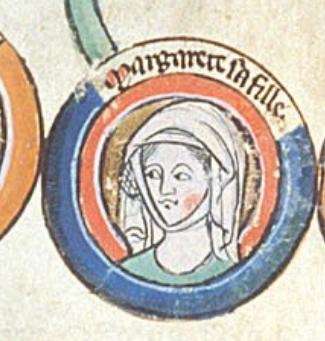
It’s amazing hearing the shreds of records that remain of people. Do you have any tips for anyone else who wants to make the jump from historical fiction to non-fiction?
Really think about the type of non-fiction you want to write. There’s a real spectrum between the very academic to the very popular, and the tone, referencing system, level of seriousness, and how much you can insert yourself into the narrative varies all the way along that spectrum.
Consider what you bring to the topic you want to write about that no one else does. That doesn’t mean you have to be the world-leading expert – I’m certainly not, on any of the eras that I cover in my book! But you have to bring something different, unique, that people will want to read.
And lastly, don’t give up! I actually pitched my agent with a completely different non-fiction proposal, and it’s been a wild journey to get here. So persevere.
Some really great advice. Finally, do you have any projects you’re currently working on that you can share with us? Or, if not, what is tempting you to do next?
I have a new non-fiction book idea that I’m working on preparing right now, and I also write historical romance! I have a series releasing with Harlequin Historical (HarperCollins), and a series releasing with Dragonblade.
Thank you so much to Emily for talking to us today. I have had a chance to read her book before release, and it will serve as a great introduction to some amazing women – particularly for those who don’t like reading more traditional history books. Regina: The Queens Who Could Have Been is out on 24th October, so consider taking a look!
Previous Blog Post: Women in the Middle Ages
Previous in An Interview With: Ari Ryan, Medieval Reenactor
List of Blog Posts: here Blog Homepage: here
Buy my books via the pictures below! Or why not check out our shop?
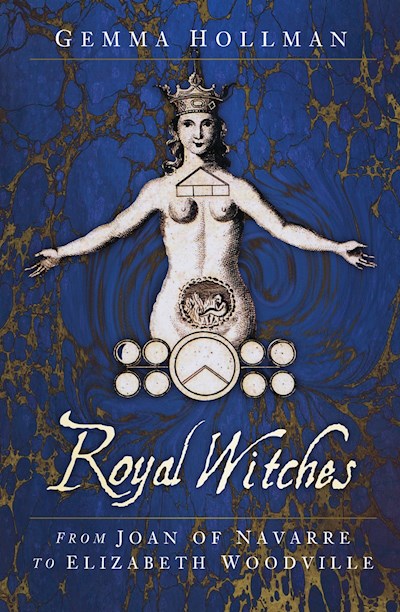
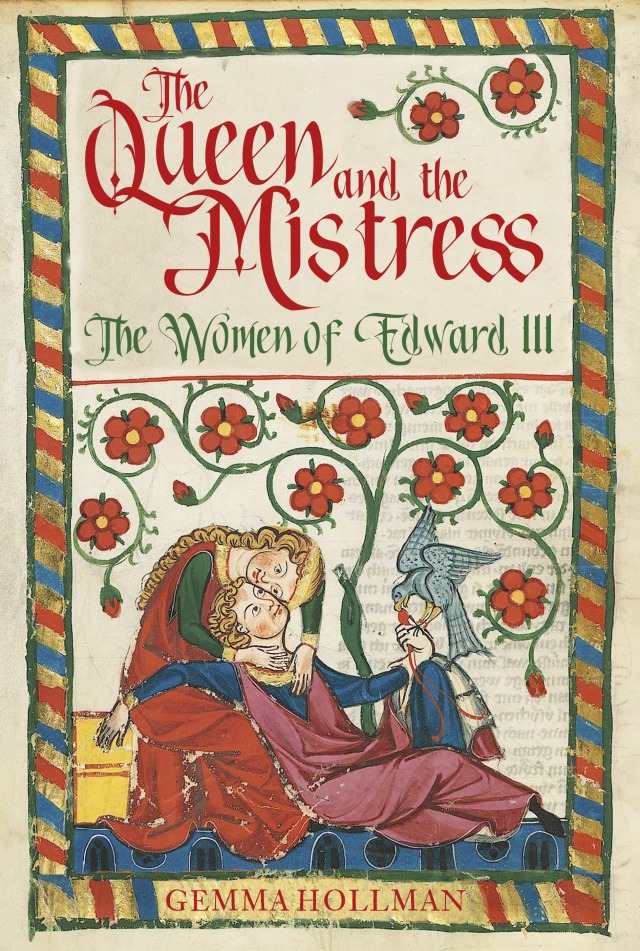
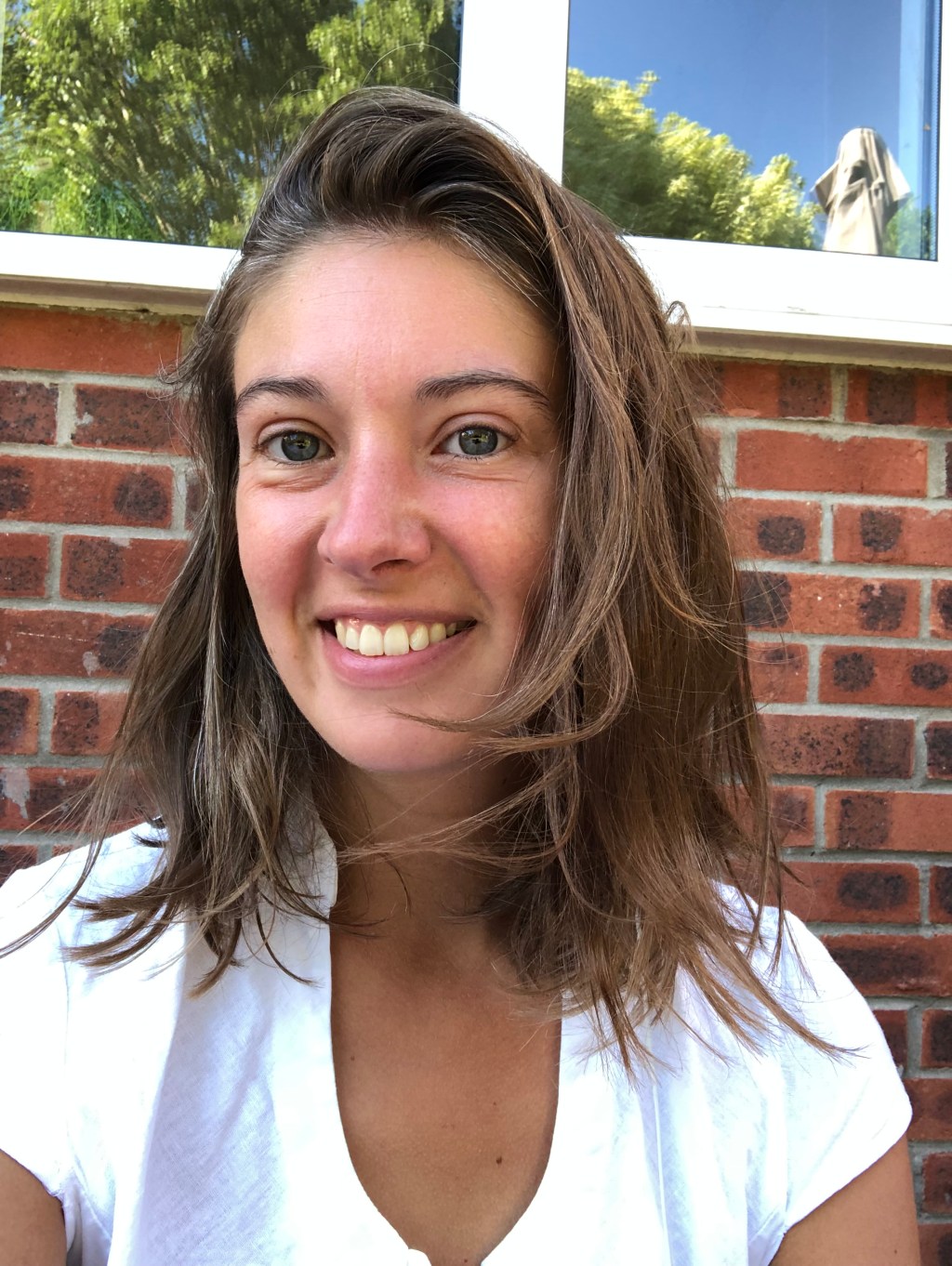
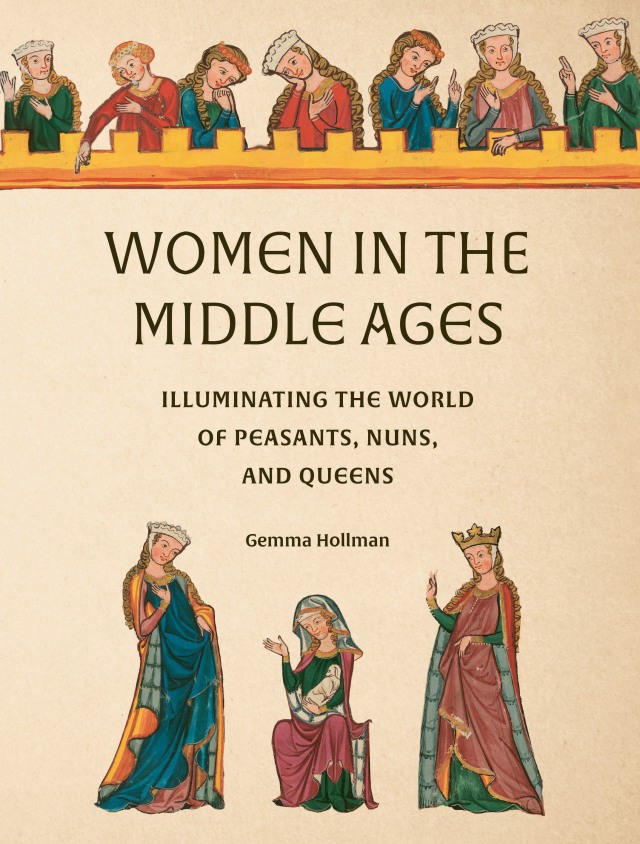
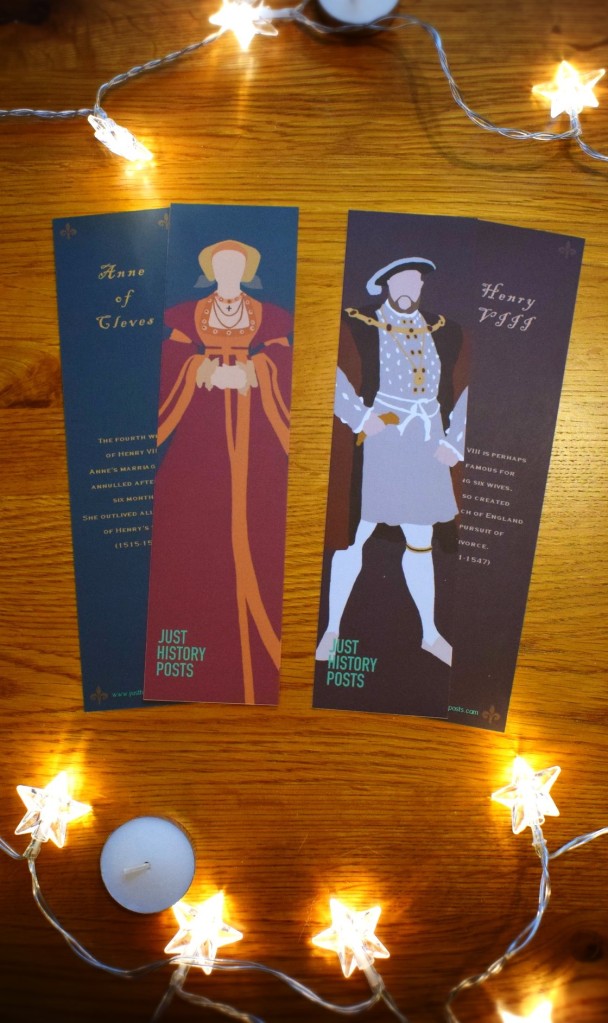


One response to “An Interview With: Emily Murdoch Perkins, Historical Author”
[…] Previous Blog Post: An Interview With: Emily Murdoch Perkins, Historical Author […]
LikeLike